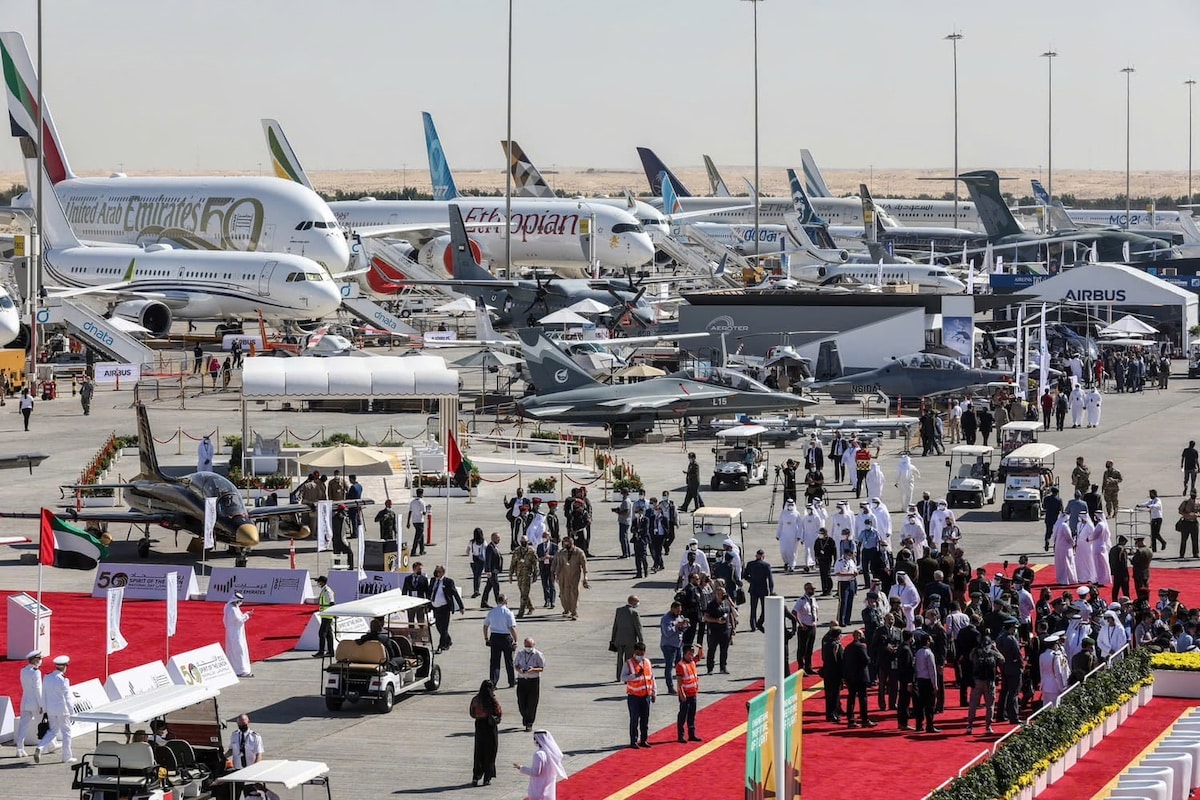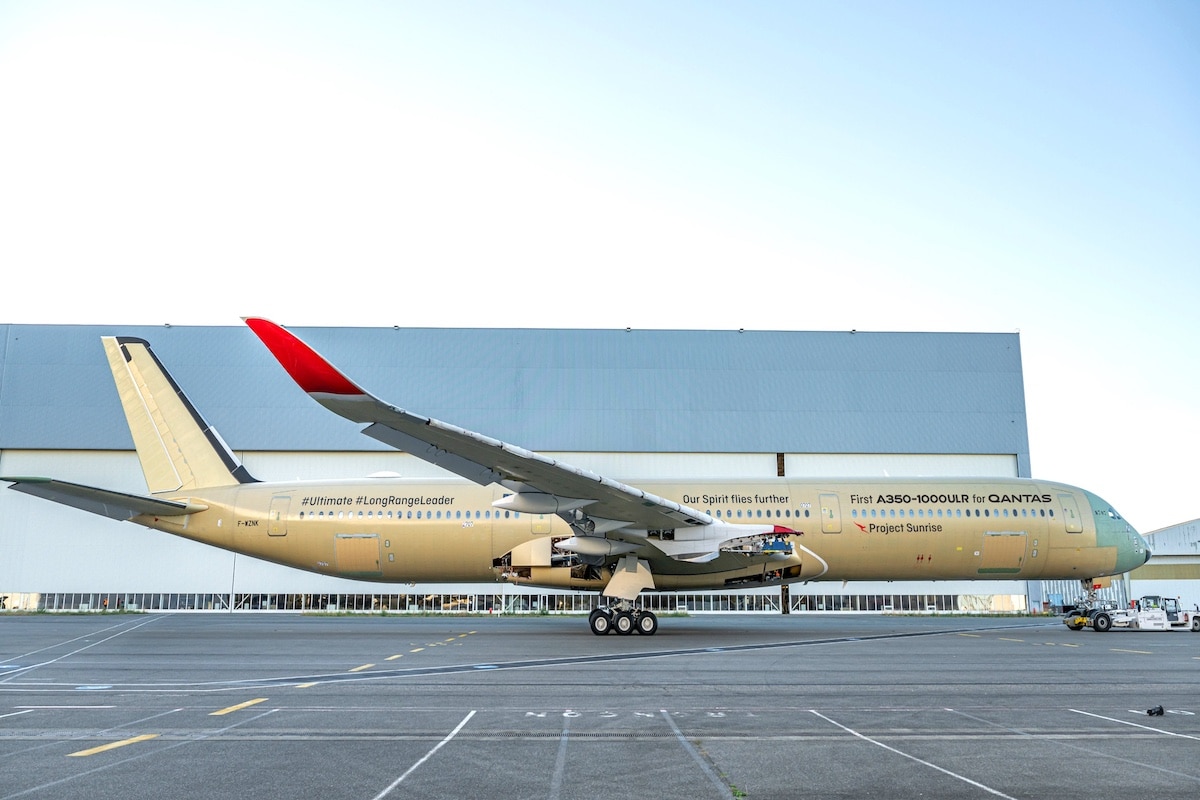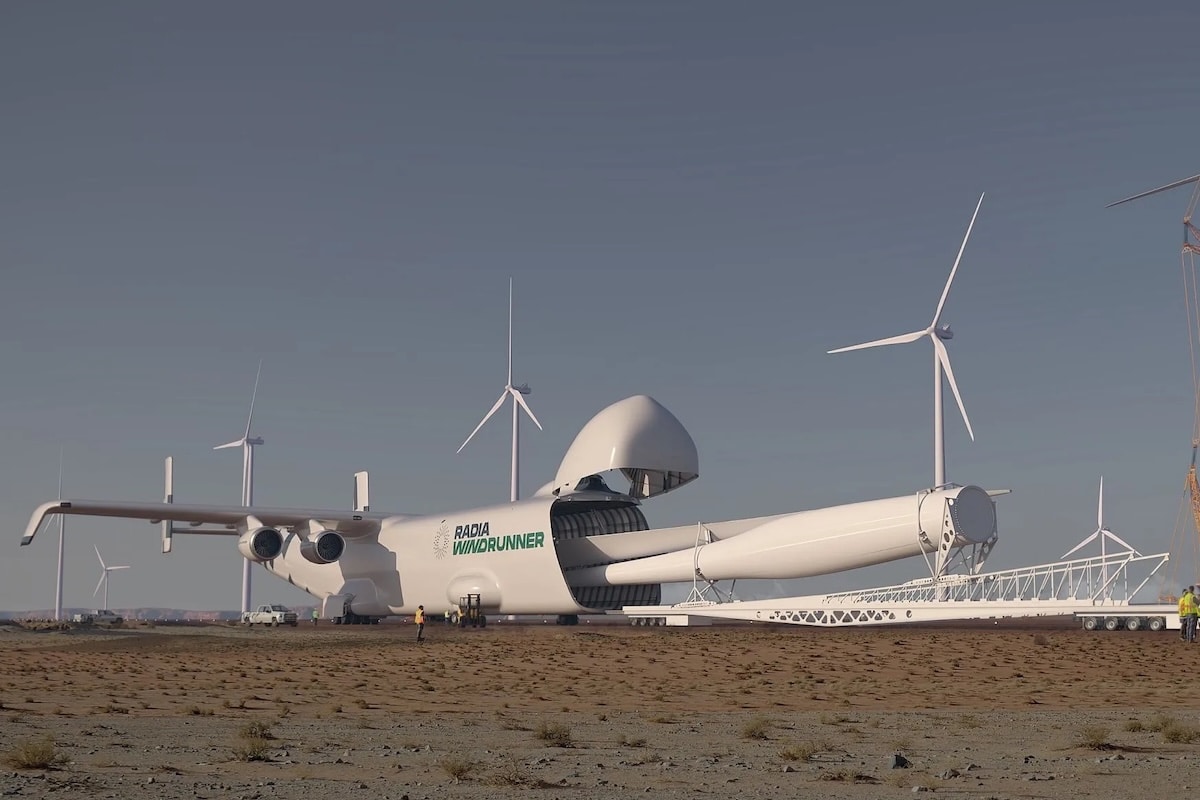Radia WindRunner, the giant airplane that will swallow wind turbines
With the WindRunner, the aircraft manufacturer Radia aims to overcome a logistical barrier by transporting wind turbine components to remote areas.
In a world undergoing an energy transition, renewable production infrastructures face a major logistical obstacle: transporting their components to isolated locations.
In response to this limitation, the American start-up Radia proposes a bold solution: a giant cargo aircraft, the WindRunner, designed to transport next-generation landbased wind turbine components directly to the site. More than just a colossal machine, it is a logistical catalyst for an industry undergoing significant change.

Unusual dimensions for a unique mission
With a length of 108 meters, the WindRunner would surpass—since it is still just a project—the largest aircraft ever built, including the legendary Antonov An-225. Designed for specialized, not general-use, it does not include multiple bridges or modular compartments but features a giant cargo hold dedicated to transporting wind turbine blades over 100 meters long.
The fuselage is fully optimized around volume rather than weight, featuring a cargo hold that is wider than it is tall, with a flat floor and an open rear door. The goal is to slide complete blades in without disassembly, avoiding heavy reassembly operations or ground logistics.
You might be interestedin this article:
Seven times the volume of a Boeing 747!
| Characteristic | Estimated Value |
|---|---|
| Length | 108 m |
| Wingspan | 80 m |
| Height | 24 m |
| Cargo hold volume | ~7,700 m³ |
| Max payload | ~72,600 kg |
| Cruising speed | ~740 km/h (Mach 0.6) |
| Range | ~2,000 km when loaded |
| Cruising altitude | ~12,500 m |
| Required runway | ≥ 1,800 m (even unpaved) |
Unlike traditional cargo aircraft designed to connect major airports, the WindRunner is designed to land directly in wind development areas, often far from any infrastructure. It will be able to land on dirt or semi-prepared runways as short as 1.8 km.
This would enable land-based wind projects to emerge in areas currently inaccessible due to narrow roads, challenging terrains, or regulatory constraints on transporting bulky loads by ground.

If the WindRunner achieves its objectives, it could reduce the costs and timelines for deploying wind farms by 30 to 50%.
Funding from the American Defense?
However, the aircraft is also attracting the attention of the Pentagon. The U.S. Department of Defense has expressed interest in strategic uses: rapid deployment of heavy military equipment, delivery of satellites or armored vehicles, and even humanitarian missions. Some already envision it as a “Skytanic,” an aerial version of a multifunctional logistics ship.
To succeed in this venture, the WindRunner relies on a conventional quad-engine propulsion system inspired by existing platforms. Rather than innovating in propulsion, Radia focuses on the aircraft’s aerodynamics and robustness at low speeds and on rugged runways.

The cockpit is elevated, similar to the Beluga, to allow for complete loading from the rear. The T-tail ensures sufficient ground clearance even with a high load. The landing gear is ultra-reinforced, distributing the load over a wide contact surface.
Commercialization in 2030?
Officially unveiled at the Farnborough Airshow in July 2024, the WindRunner is now entering an accelerated development phase. Radia aims for a first flight in the latter half of the decade, with commercial operations expected to begin around 2030.
The project remains ambitious, but commercial traction is already evident: renewable energy giants like GE Vernova, Vestas, and Siemens Gamesa are closely monitoring its progress, as are governments seeking to develop their energy independence.
But is the market so large that it justifies the development of a special aircraft? Will we ever see this plane in the sky? We wouldn’t bet our hand on it…
This page is translated from the original post "Radia WindRunner, l’avion géant qui avalera des éoliennes" in French.
We also suggestthese articles:
Also read







